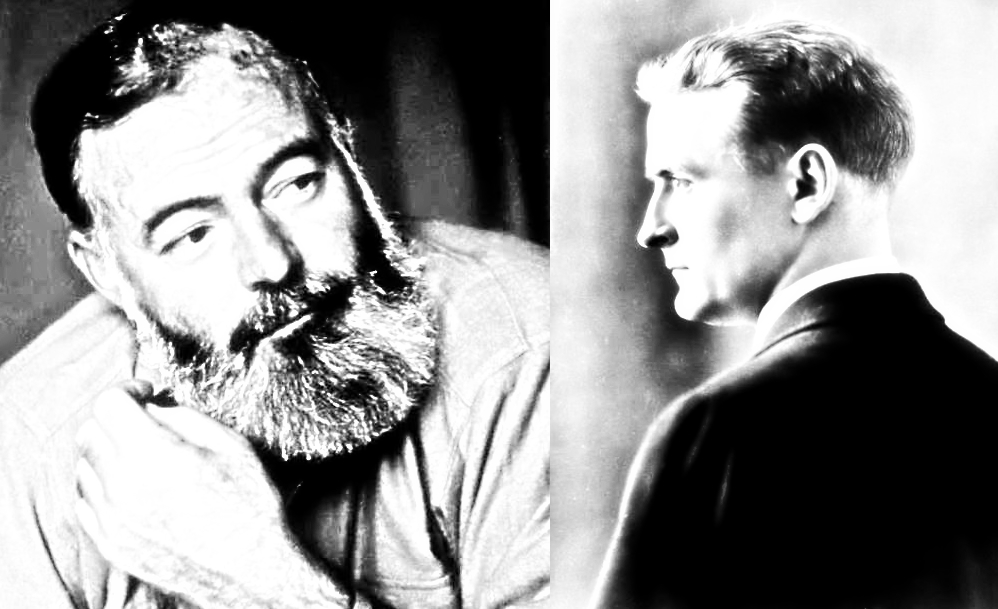How do we use different types of language, and in what context? Today, we are going to look at the three basic functions of language. These different types of language use include informative, expressive (therefore receptive), and directive language.
Defining the three basic functions of language
Informative language
Simply put, informative language is either right or wrong, or true or false. Some have written that informative language is both “believable and valuable” language.
Here’s an example:
“ … language is used to offer opinions, give advice, make announcements, lecture, admonish, report news, solicit input, or ask questions. Everyday conversations center around information sharing.”
theclassroom.com
So, if we are stating something then we are giving some kind of “information” and, as such, it becomes “informative.”
Expressive language
Expressive language helps us communicate a mood or a feeling. Typically, it shows a communicator, reader, or writer if somebody is happy or sad, glad or mad.
“Expressive language may or may not include any real information because the purpose of expressive language is to convey emotion … the expression ‘Yuck’ connotes disgust, but the word itself isn’t necessarily used to inform.”
theclassroom.com
Expressive language is useful because it is often figurative. For instance, as onomatopoeia, it can describe the sounds we hear and the noises of every day life. BOOM! BLAM! KAPOW! Such expression is figurative language.
Conversely, receptive language, is your ability to comprehend these emotions. You are receiving information and therefore receptive to the information given to you.
Directive language
This one gets a little more complex, but it essentially is a way to get a response from somebody that you are communicating with in a typical conversation. Directive language gives a command to somebody.
“Directive language is not normally considered true or false (although various logics of commands have been developed).”
philosophy.lander.edu
Examples of this type of language include “Shut off the light,” or “You are standing where it says ‘No Loitering.’” This last one hints at a command because it is essentially saying, “Get away from there.”
Conclusion
Understanding the three basic functions of language can help us better communicate. Thus, having a grasp of informative, receptive, directive, and expressive language will teach us when it is appropriate to use each and in what context. There are other sources that can further expound on this topic, but the above information should give you a good understanding.
That sums up the three basic functions of language, which have practical application in logic, communication…and writing!
Works Cited
Lin, River. “Three Primary Uses of Language.” The Classroom. April 18, 2023. Web.
“Philosophy 103: Introduction to Logic Common Forms and Functions of Language.” Philosophy.Lander. Web. https://philosophy.lander.edu/logic/form_lang.html







